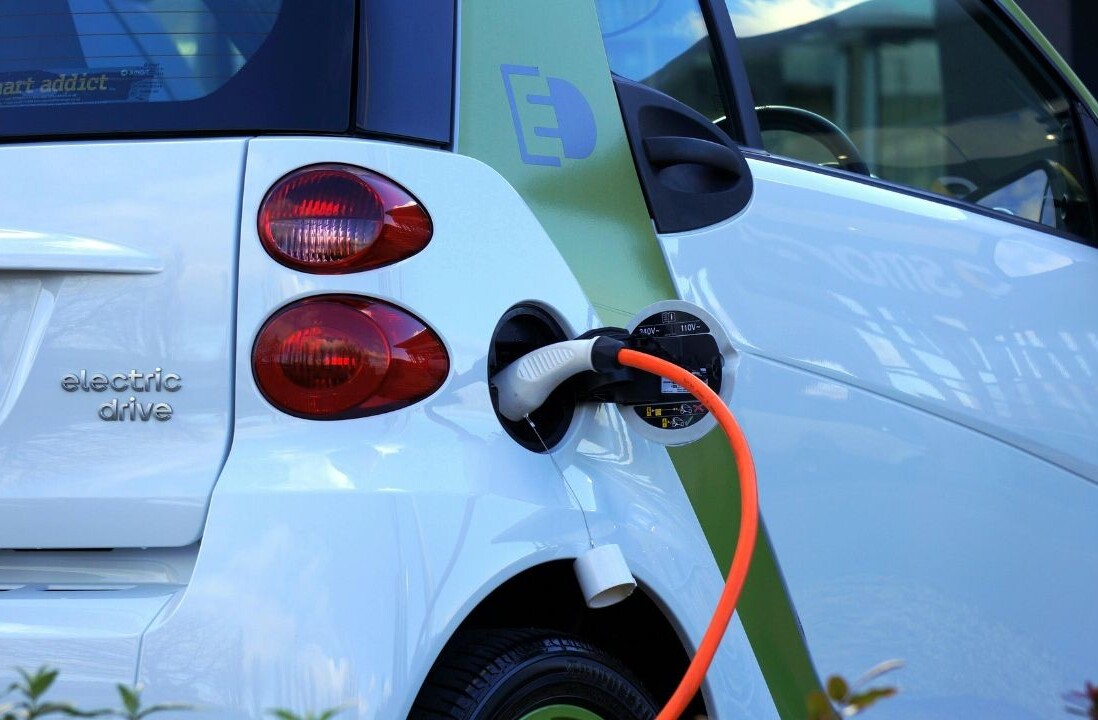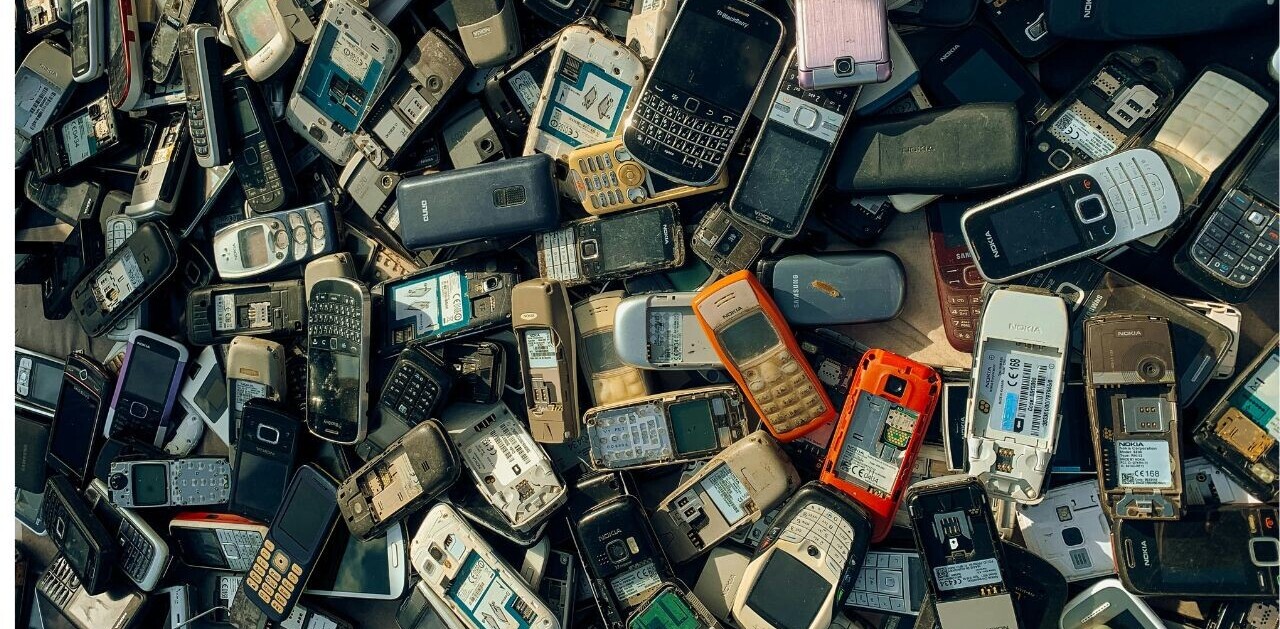
Pushing your product to market is about more than just making sure you’re ready. It’s about ensuring the market is ready, too. As a company, you have to hit that sweet spot, along with multiple other factors you may not have even considered.
Lucky for us — though not for them — there are some examples of products that went to market too soon that we can learn from. Rather than risk repeating these mistakes, I asked 10 entrepreneurs from YEC the following question:
What’s one good example of a technology product going to market too soon, and what can entrepreneurs learn from this failure?
Their best answers are below:
1. Geode
 The Geode digital wallet was one of the first and most successful products on Kickstarter, but turned out to be a complete failure. It failed because they created a product that depended 100 percent on another company (Apple). A key piece of the Geode was a case, which was made to fit the iPhone 4s. Unfortunately, Apple released the iPhone 5 shortly after backers began receiving their Geodes, which rendered the product useless for many people. If you’re in the business of developing complementary products for other companies, make sure you understand and are in sync with their upgrade cycle. –Maxwell Finn, Loot!
The Geode digital wallet was one of the first and most successful products on Kickstarter, but turned out to be a complete failure. It failed because they created a product that depended 100 percent on another company (Apple). A key piece of the Geode was a case, which was made to fit the iPhone 4s. Unfortunately, Apple released the iPhone 5 shortly after backers began receiving their Geodes, which rendered the product useless for many people. If you’re in the business of developing complementary products for other companies, make sure you understand and are in sync with their upgrade cycle. –Maxwell Finn, Loot!
2. CrunchPad
 Six months before the first iPad launched, a little-known tablet called the CrunchPad was thrown into the deadpool to never to see the light of day. In many ways, the CrunchPad prototype looked eerily similar to the iPad 1. There is no one reason why the product never went public, but there are critical lessons to be learned. Entrepreneurs must evaluate their risk appetite: If you’re developing a game-changing product, be prepared for significantly diminished odds of success due to an untested market coupled with technology risks. The returns, on the contrary, could be exponential. – Vishal Shah, NoPaperForms
Six months before the first iPad launched, a little-known tablet called the CrunchPad was thrown into the deadpool to never to see the light of day. In many ways, the CrunchPad prototype looked eerily similar to the iPad 1. There is no one reason why the product never went public, but there are critical lessons to be learned. Entrepreneurs must evaluate their risk appetite: If you’re developing a game-changing product, be prepared for significantly diminished odds of success due to an untested market coupled with technology risks. The returns, on the contrary, could be exponential. – Vishal Shah, NoPaperForms
3. Friendster
 Friendster came out in 2002 before people were completely comfortable sharing their lives online. I always viewed their failure as a sign that it isn’t always essential to be the first one to do something. There are usually multiple chances to get into a new field — just ask Facebook. – Kumar Arora, Aroridex, Ltd.
Friendster came out in 2002 before people were completely comfortable sharing their lives online. I always viewed their failure as a sign that it isn’t always essential to be the first one to do something. There are usually multiple chances to get into a new field — just ask Facebook. – Kumar Arora, Aroridex, Ltd.
4. WebTV
 It seems like an afterthought now with Internet-capable TV’s or attached devices such as Xbox, Apple TV, Roku, etc. But in 1996, WebTV was doing the same thing before it was cool. Unfortunately, the ecosystem was not ready, there was a lack of broadband, and the legions of application developers that exist now but didn’t then made WebTV a little ahead of its time. The lesson to entrepreneurs is that timing often matters, even if you are a visionary. – Phil Chen, Systems Watch
It seems like an afterthought now with Internet-capable TV’s or attached devices such as Xbox, Apple TV, Roku, etc. But in 1996, WebTV was doing the same thing before it was cool. Unfortunately, the ecosystem was not ready, there was a lack of broadband, and the legions of application developers that exist now but didn’t then made WebTV a little ahead of its time. The lesson to entrepreneurs is that timing often matters, even if you are a visionary. – Phil Chen, Systems Watch
5. Apple Newton

The Apple Newton is to the iPad and iOS what homo habilis is to modern humans: a very old, limited — but at the time, revolutionary — ancestor. When the Newton came out it was innovative, but too expensive and very niched. The NewtonScript programming language was difficult to learn and expensive to implement. The lesson is that you have to create products that are priced to be reasonably affordable for most people, and that have low barriers to entry for developers so they’ll want to learn how to create apps for your product. – Dave Nevogt, Hubstaff.com
6. Coin
 Coin promised to replace all of the credit cards in your wallet with just one, so I bought it. We’re now over a year out from when the Kickstarter crowdfunding campaign successfully ended. The problem is all of the technology they used is now outdated. NFC technology isn’t built in. They were the first to promote the concept, but Apple Pay delivered faster. Many Coin customers have already canceled. –Joshua Lee, StandOut Authority
Coin promised to replace all of the credit cards in your wallet with just one, so I bought it. We’re now over a year out from when the Kickstarter crowdfunding campaign successfully ended. The problem is all of the technology they used is now outdated. NFC technology isn’t built in. They were the first to promote the concept, but Apple Pay delivered faster. Many Coin customers have already canceled. –Joshua Lee, StandOut Authority
7. Iomega Zip Drive
 These little drives and their zip disks were great at the time, offering unparalleled storage. But they went to market without fixing a major problem first: A large percentage of them would fail. The drive head would misalign and clip the end of the removable media, making anything stored on it permanently inaccessible. The lesson is that if your product deals with data storage, you had better make sure it’s free of serious defects before going to market. Otherwise, you’ll end up with a large portion of your target market choosing more reliable alternatives. – Jared Brown, Hubstaff
These little drives and their zip disks were great at the time, offering unparalleled storage. But they went to market without fixing a major problem first: A large percentage of them would fail. The drive head would misalign and clip the end of the removable media, making anything stored on it permanently inaccessible. The lesson is that if your product deals with data storage, you had better make sure it’s free of serious defects before going to market. Otherwise, you’ll end up with a large portion of your target market choosing more reliable alternatives. – Jared Brown, Hubstaff
8. Clinkle
 Clinkle advertised and marketed their product heavily over a year before they were ready to launch. They raised over $20M when they were still getting the core product together. What happened was that they hired too many people and got a lot of signups and media attention early on, such that when they actually launched over a year later, the excitement had died down. The main lesson is that you should not grow and hire quickly until you have product-market fit. – Randy Rayess, VenturePact
Clinkle advertised and marketed their product heavily over a year before they were ready to launch. They raised over $20M when they were still getting the core product together. What happened was that they hired too many people and got a lot of signups and media attention early on, such that when they actually launched over a year later, the excitement had died down. The main lesson is that you should not grow and hire quickly until you have product-market fit. – Randy Rayess, VenturePact
9. Sony’s SmartEyeglass
 Sony is now putting out a cheaper and “more affordable” version of Google Glass to the public, calledSmartEyeglass. The problem with this product going to market is that it’s not taking into consideration the low adoption rate of Google Glass itself. Consumers are still quite confused as to when and where it will be appropriate or necessary for them to use these smart glasses, and many simply see it as a fun and funny invention. From this, entrepreneurs should know to look towards other companies’ mistakes in the past and learn from them while putting out their own innovations. – Miles Jennings, Recruiter.com
Sony is now putting out a cheaper and “more affordable” version of Google Glass to the public, calledSmartEyeglass. The problem with this product going to market is that it’s not taking into consideration the low adoption rate of Google Glass itself. Consumers are still quite confused as to when and where it will be appropriate or necessary for them to use these smart glasses, and many simply see it as a fun and funny invention. From this, entrepreneurs should know to look towards other companies’ mistakes in the past and learn from them while putting out their own innovations. – Miles Jennings, Recruiter.com
Get the TNW newsletter
Get the most important tech news in your inbox each week.




